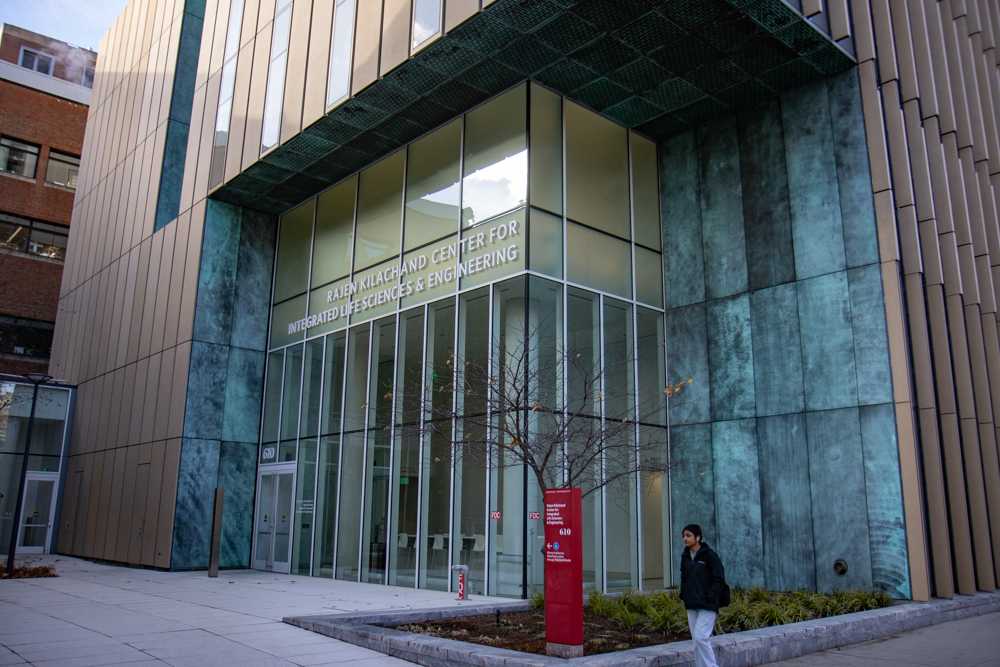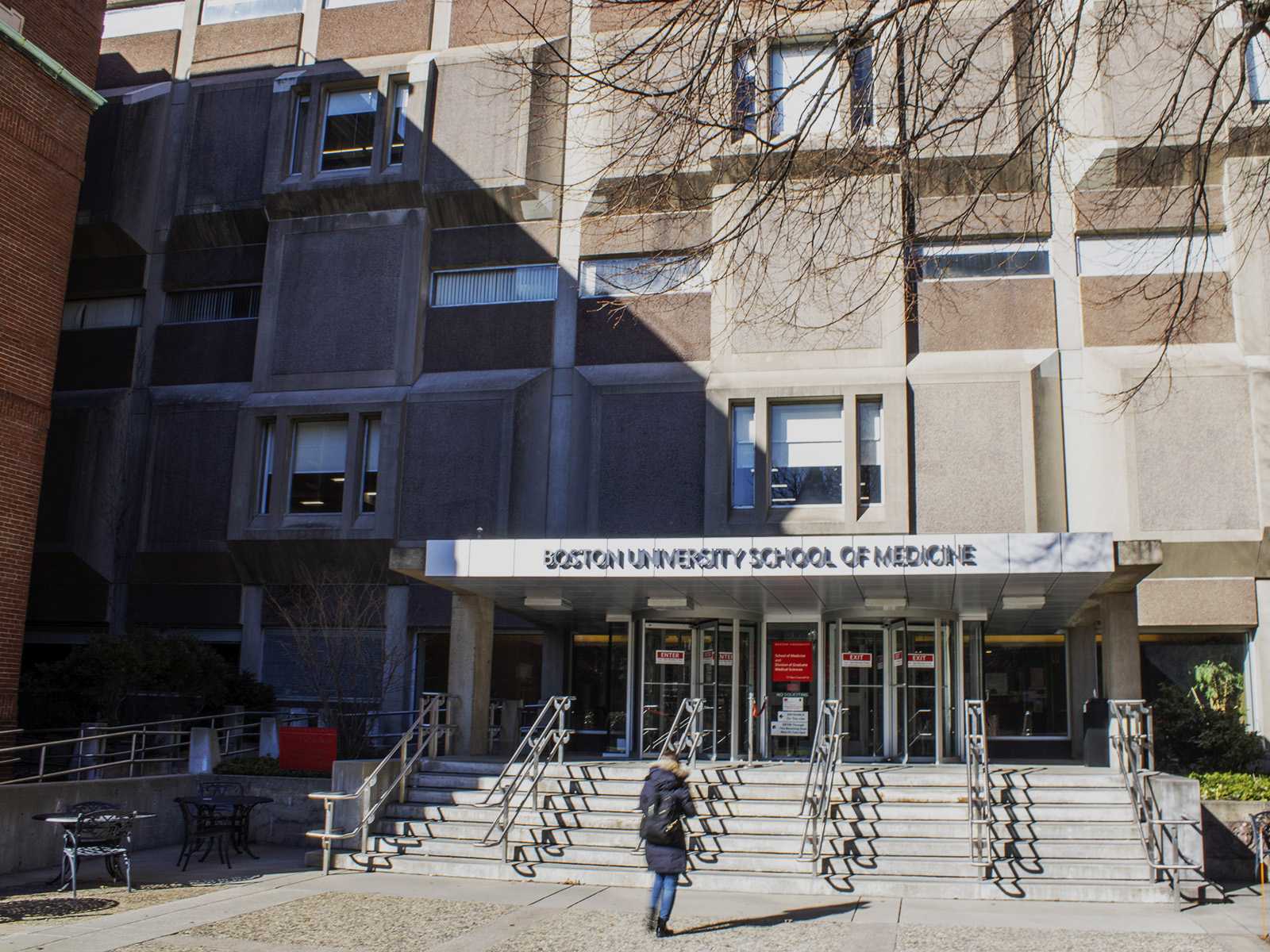Boston University’s decision to put condoms in the vending machines has caused some controversy on campus, but new studies show that enforcing safe sex is more effective than promoting abstinence-only policies.
Combining the research of five different studies, which was reported in a September issue of the journal of Sexuality Research and Social Policy, scientists found that abstinence-only programs fail to change sexual behavior in teenagers, violate human rights principles and provide inaccurate information about contraception, according to John Santelli, a professor of Clinical Population and Family Health at Columbia University and an SRSP editor.
Comprehensive programs are developed to teach students how to use condoms, how to deal with their sexual orientation and how to prepare for whatever health care issues they may face in the future. Information that Santelli said is valuable for young people to learn.
‘In many ways the basics of the [abstinence-only] programs don’t reflect good public health or good scientific understanding,’ he said. ‘The goal of many programs is to promote abstinence until marriage.’
But Santelli said that only 3 to 4 percent of people wait until marriage to have sex.
One of the studies used in the September SRSP edition compared the impact of 56 abstinence-only and comprehensive sex-education programs on teenage sexual behavior. The study found that most abstinence-only programs did not delay the initiation of sex, and only three out of nine programs had any significant effects on any sexual behavior, according to the head of the study and Senior Research Scientist at ETR Associates, Douglas Kirby.
The results also show that two thirds of the comprehensive programs had an impact on adolescent sexual behavior, including delayed initiation of sex and increased use of contraception.
‘The results are important because teenage pregnancy and the spread of STDs are huge in this country,’ Kirby said. ‘Thirty percent of all young women in this country become pregnant before they turn 20 ‘-‘- the vast majority of those pregnancies are unintended and 26 percent of people aged 14 to 19 nationwide have had an STD.’
President George Bush is dedicated to abstinence-only programs, and the federal government put $1.5 billion into the programs as a result.
‘To address these problems, the goal of federal policy should be to emphasize abstinence as the only certain way to avoid both unintended pregnancies and STDs,’ Bush’s plan states.
The Nov. 4 election results will be important in determining whether or not these types of programs will continue to be taught in our country.
Changing the fundamental requirements for sexual education programs or abolishing the current federal program will be necessary if people want sexual programs to be effective, Santelli said.
‘Twenty-five states, probably more than that, refuse to participate in a federal program, which is highly unusual,’ Santelli said. ‘Most states will take lots of funding for whatever kind of program will give them funds. But the public health community in general is pretty up in arms, because the programs are not working and because they’re seeing information provided in abstinence-only education that is incorrect and inaccurate.’
Part of the reason critics say abstinence programs are ineffective is because there are problems with the scientific and medical accuracy of the curricula. Abstinence programs often claim that condoms are ineffective, Santelli said.
The programs are also said to violate human rights issues because the scientific information is inaccurate, and also because the programs cater to certain factions of society. The movement to abstinence-only education historically grows out of the beliefs and values of the evangelical Christian community, he said.
‘It’s important to understand where your information is coming from in order to to understand its values and approaches,’ Santelli said. ‘Abstinence-only education didn’t rise as public health movement. It rose up as a social movement to change the way young people deal with sexuality according to the beliefs of a religion.’
Abstinence-only education can also exclude certain groups in society, like the GLBT community, Lonnie McAdoo the associate director of community programs for the AIDS Action Committee of Boston, said.
‘There’s lots of good information on teenagers, but abstinence is not exclusive to any group of people,’ Viveiros said. ‘A lot of these programs maybe, even comprehensive programs, don’t talk about GLBT programs, and there hasn’t been many studies on it that I know of.’
‘It not only discriminates against certain factions ‘-‘- I think it even fails the folks it’s intended to really target,’ McAdoo said. ‘One of the reasons that abstinence-only fails is because it’s done in this vacuum taken completely out of context of people’s actual lives, and very, very, very few young people can really relate to abstinence-only education.’
The biggest issue with abstinence-only programs is that they don’t provide skills that prepare people for real-life situations with real-life dynamics and real-life relationships, McAdoo said. The true way to change sexual behavior is to see people from their own cultural context through a method called harm reduction, McAdoo said.
‘It’s the approach of no longer using a one size fits all but really being able to look at people’s individual situations,’ McAdoo said. ‘You can have two people engage in the exact same behavior, but the context is completely different based on the individual, and the context is equally important as the behavior itself.’
Tracing the educational history of everyone who became pregnant as a teenager or who acquired STDs is not an easy task, according to Chris Viveiros a spokesperson for Fenway Community Health.
Sexual education is just a starting point when it comes to reducing the risk of pregnancy and transmittable diseases, McAdoo said. Actual behavior change only results when educators try to understand why people choose to participate in sexual activities unsafely.
‘If STDs and unwanted pregnancies were just a result of poor education, then the infection rates would be much, much lower than they are now,’ Mcadoo said. ‘It’s not like the vast majority of people don’t know that not using condoms would help prevent HIV. Most people know that and still aren’t using condoms.’
Categories:
Vending condoms may be cheap, but knowing how to practice safe sex is priceless
By Daily Free Press Admin
•
October 14, 2008
0
Donate to The Daily Free Press
Your donation will support the student journalists of Boston University. Your contribution will allow us to purchase equipment and cover our annual website hosting costs.
More to Discover



















































































































